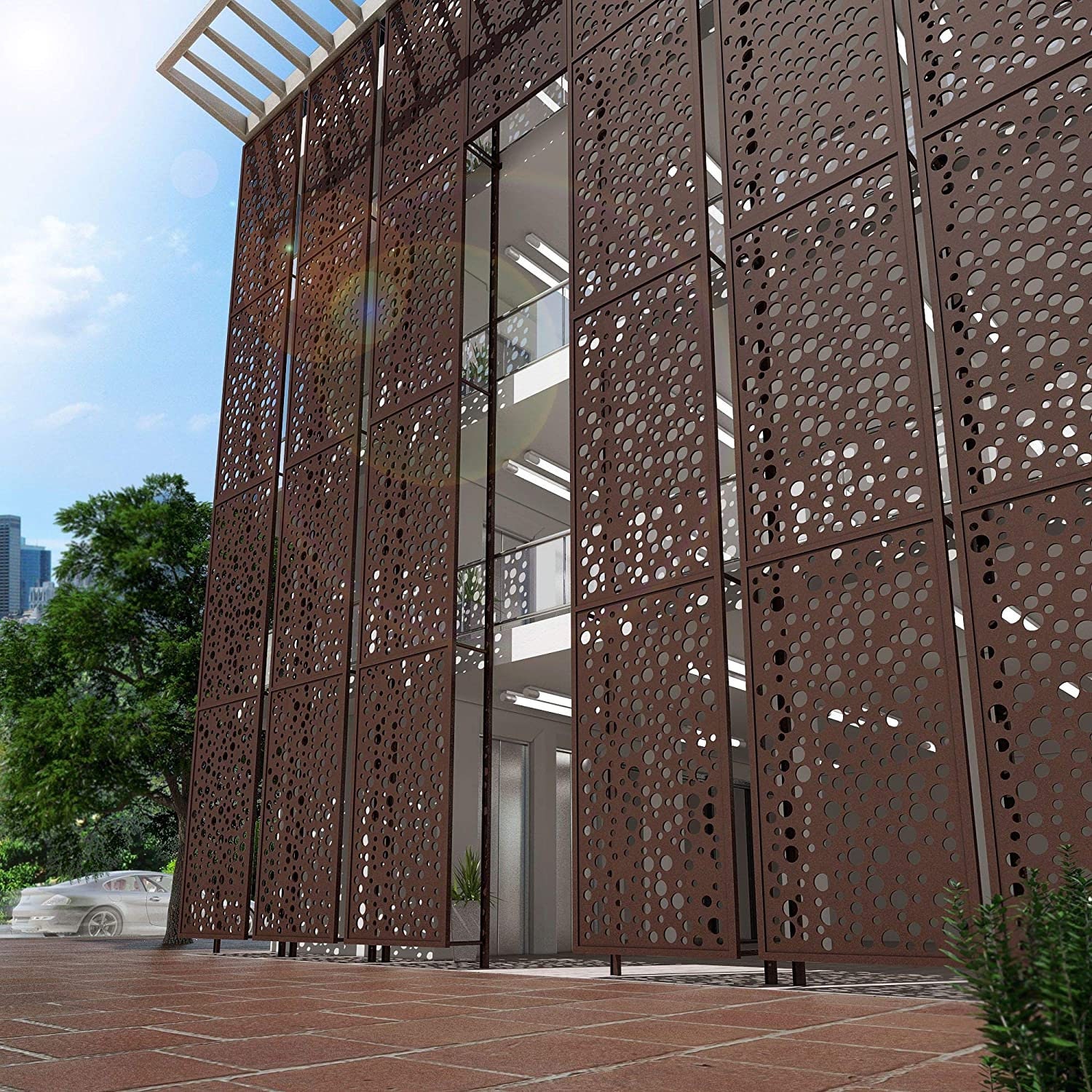
the older 0.10 series of GStreamer and the libav fork of FFMpeg).

There are alternatives for each of these (e.g.
mpv for viewing videos (probably part of the mpv package). v4l-ctl for controlling your video card (probably part of the v4l-utils package). FFMpeg for saving and editing video (probably part of the ffmpeg package). gst-launch-1.0 for capturing video (probably part of the gstreamer1.0-tools package). This page assumes you have installed the following programs: It's much easier to learn the process and produce a quality result if you tackle encoding in one step and transcoding in another. Creating a good digital video is also hard - not all software supports all formats, overscan and background hiss distract the viewer, videos need to be split into useful chunks, and so on. Try the video and transcode again - check whether the video works how you want, otherwise try some different settingsĬonverting analogue input to a digital format is hard - VCRs overheat and damage tapes, computers use too much CPU and drop frames, disk drives fill up, etc. Transcode a usable copy of the video - convert the previous file to something pleasing to use. 
Do as little digital processing as possible
Encode an accurate copy of the source video - handle issues with the analogue half of the system. Set your system up - understand the quirks of your TV card, VCR etc. 
Your workflow should look something like this: This page will present a framework for recording video, which you can alter for your specific requirements. For example, software often assumes a constant frame rate throughout a video, but analogue technologies can deliver different numbers of frames from second to second.
3.1 Handling desynchronised audio and videoĪnalogue video technology was largely designed before the advent of computers, so accurately digitising a video is a difficult problem.







 0 kommentar(er)
0 kommentar(er)
